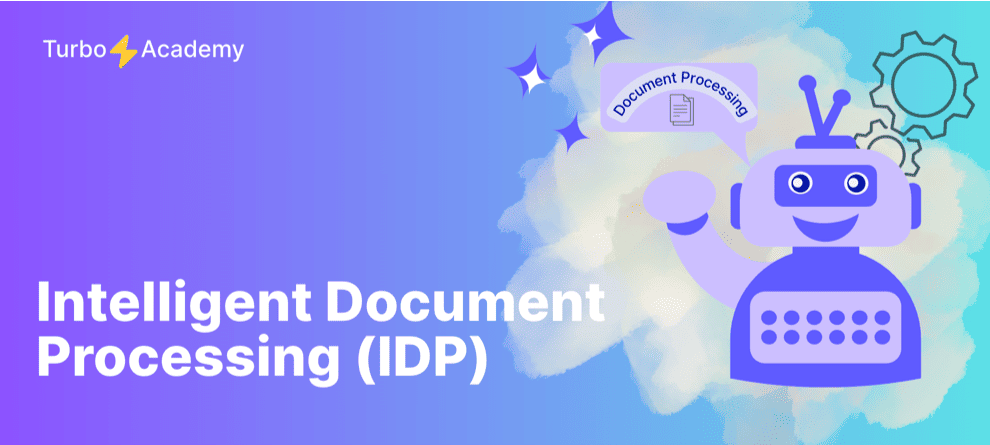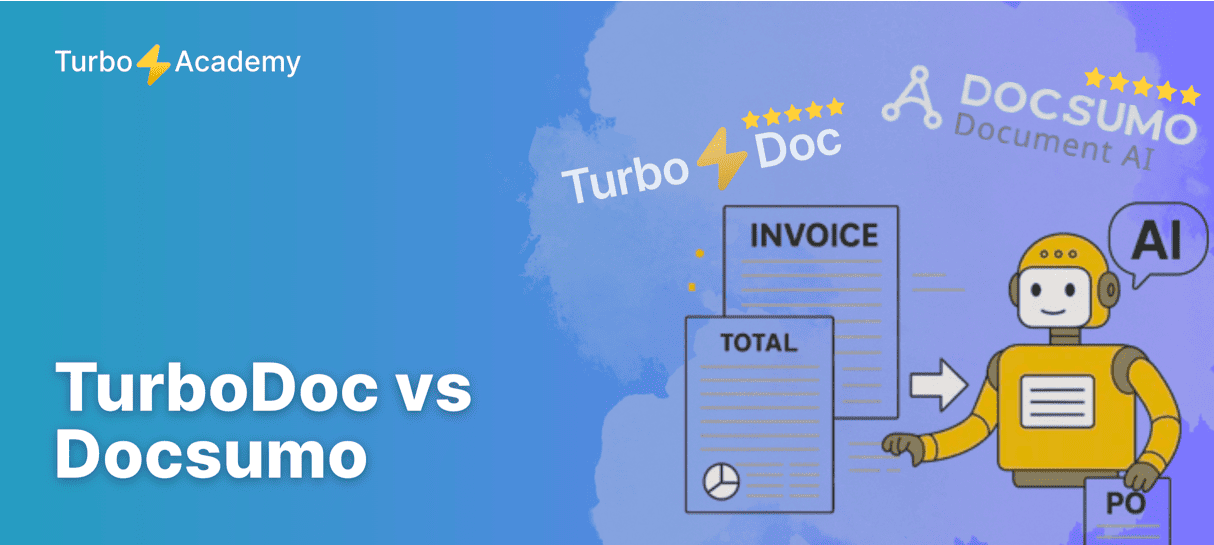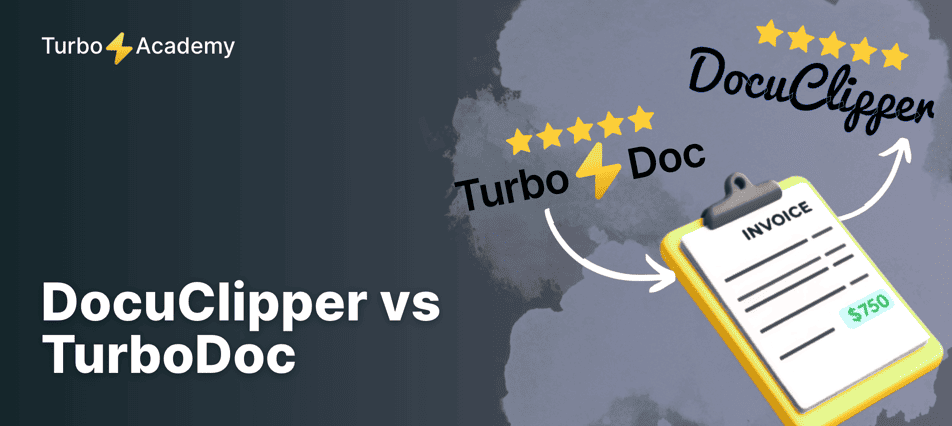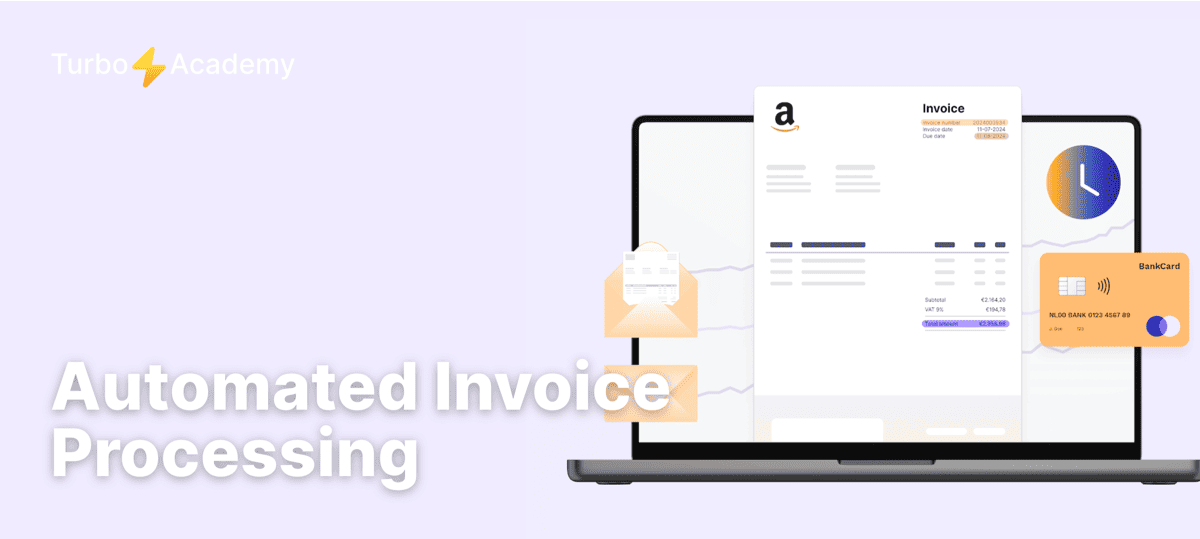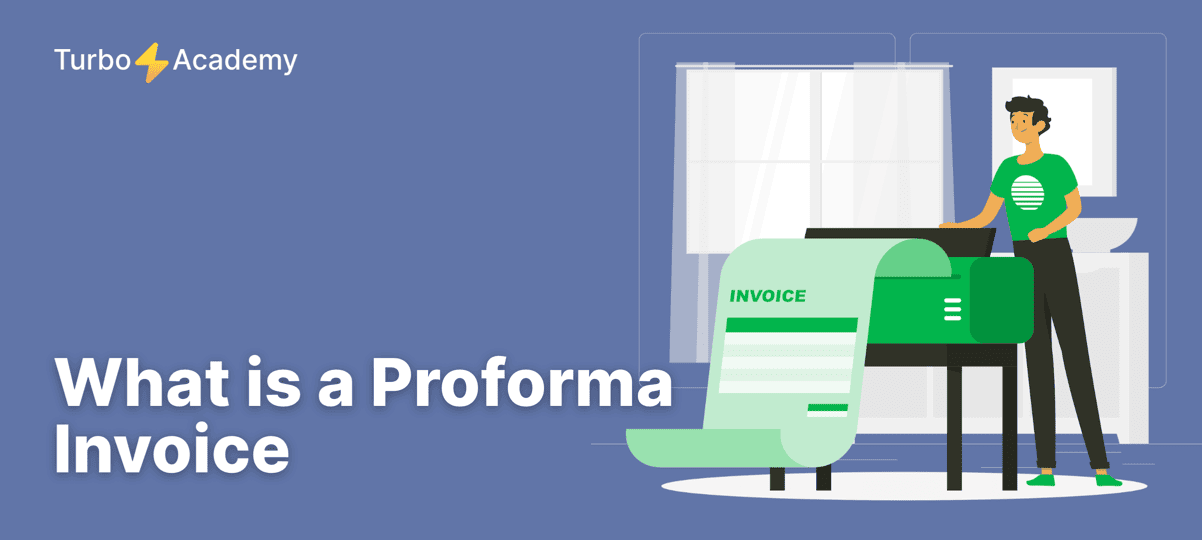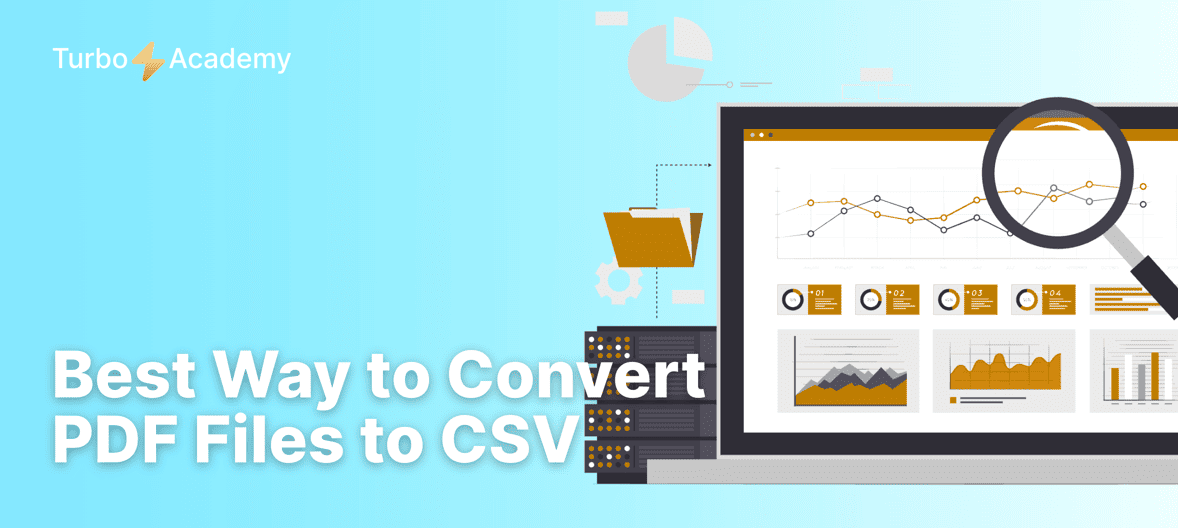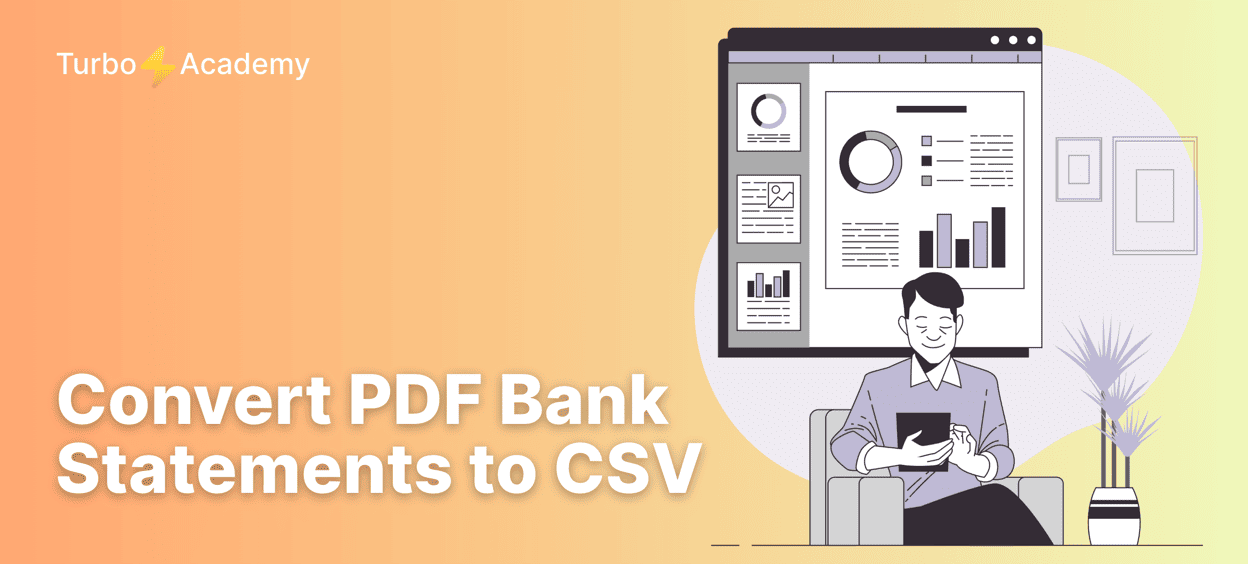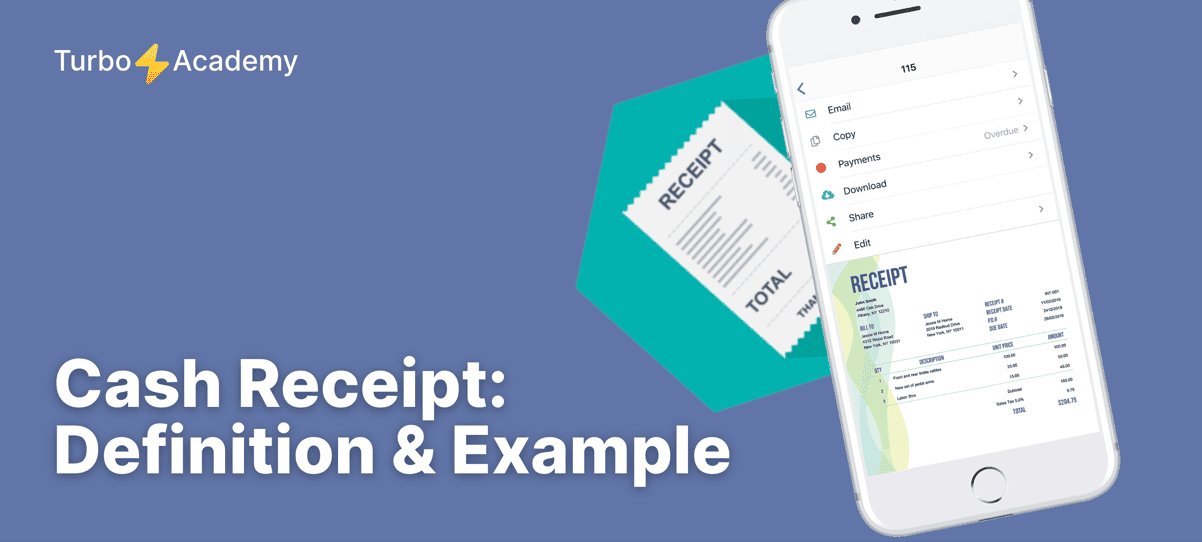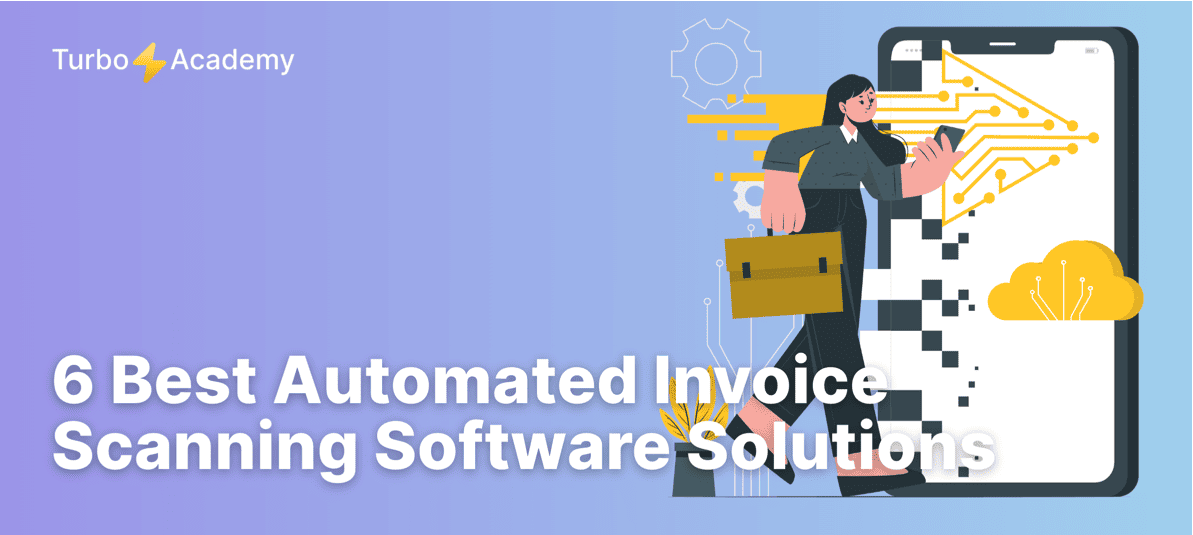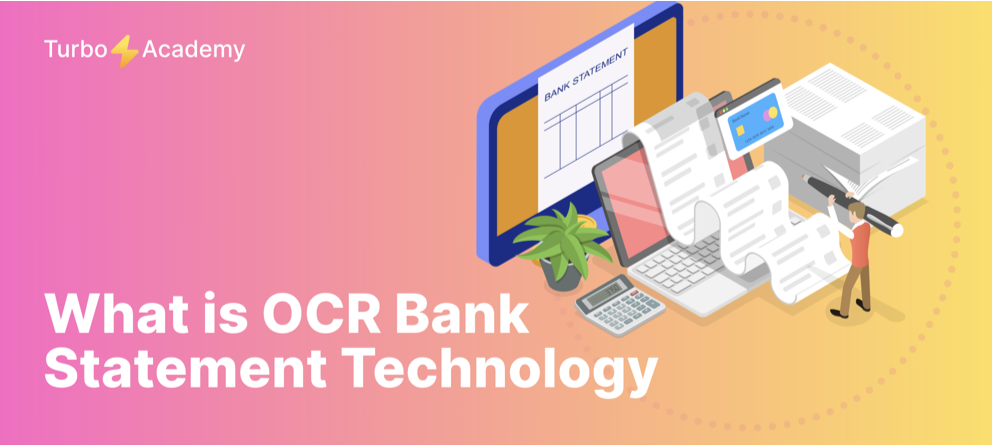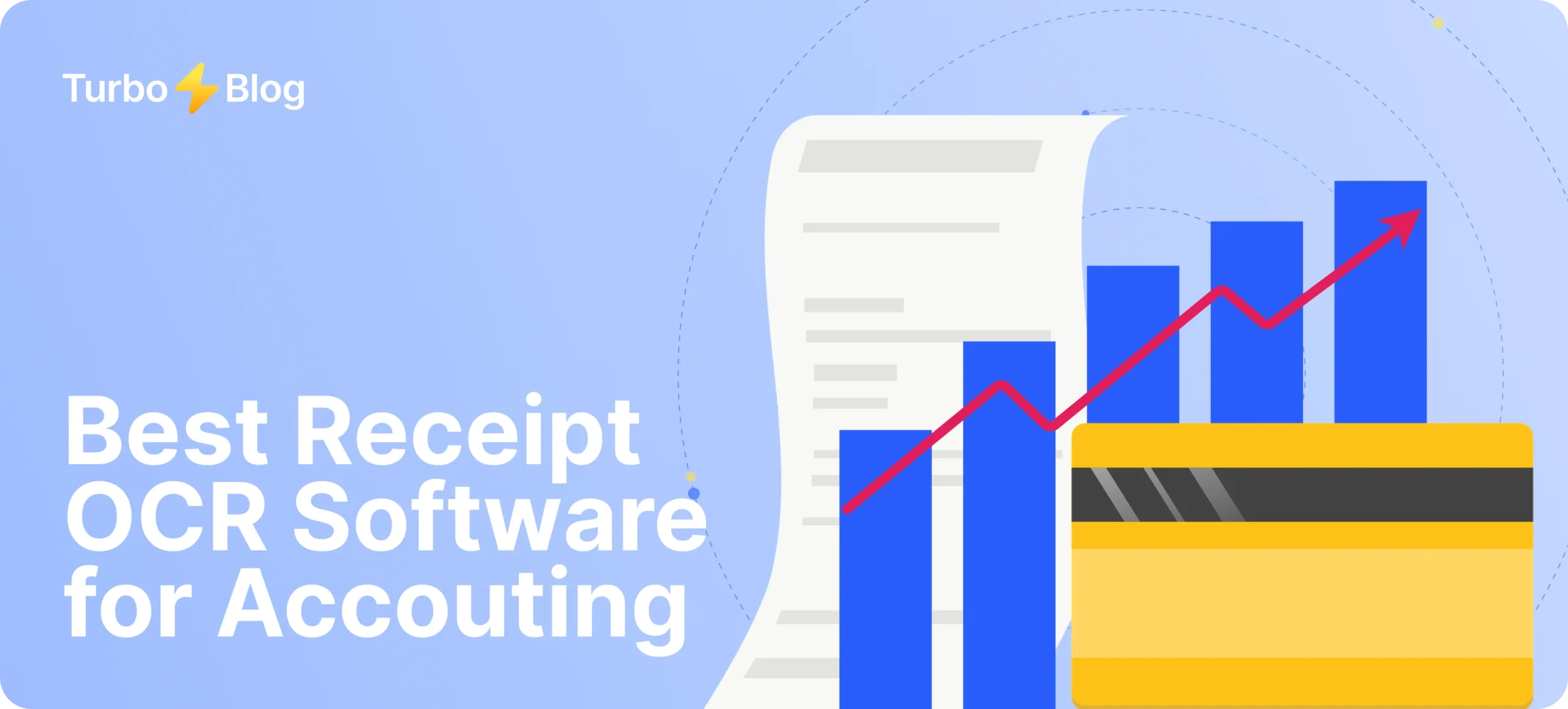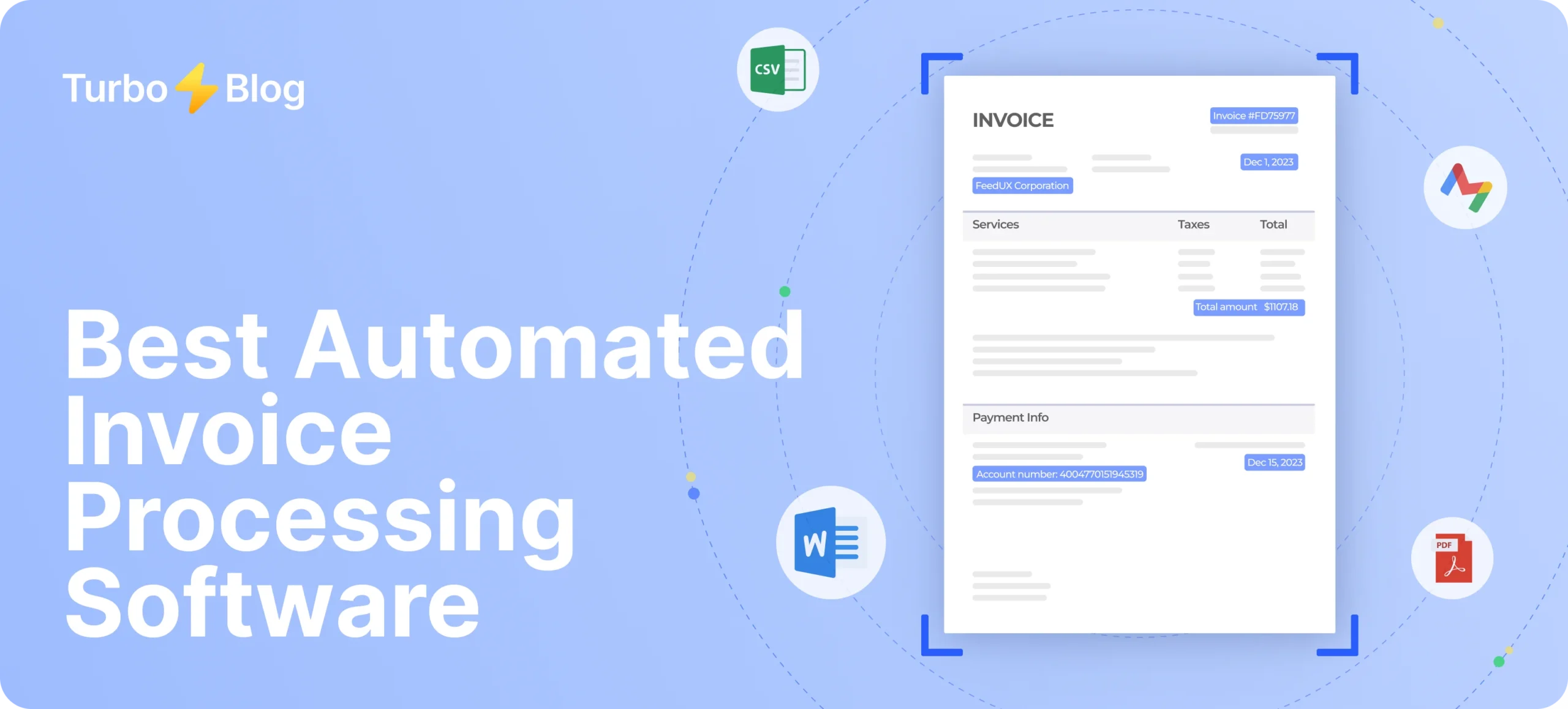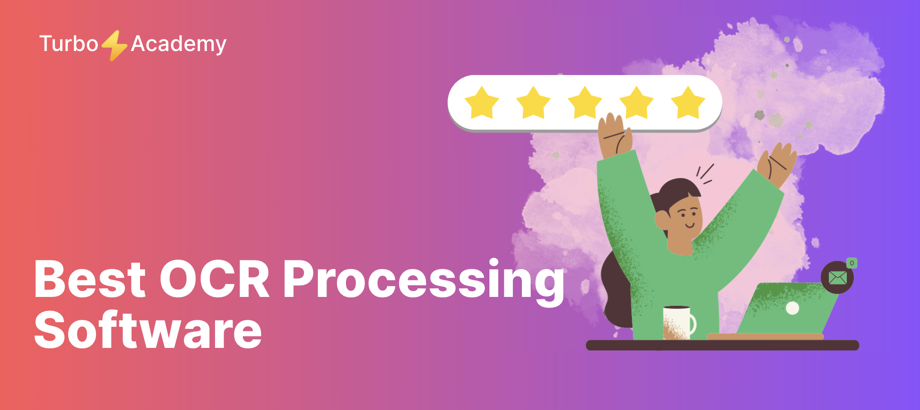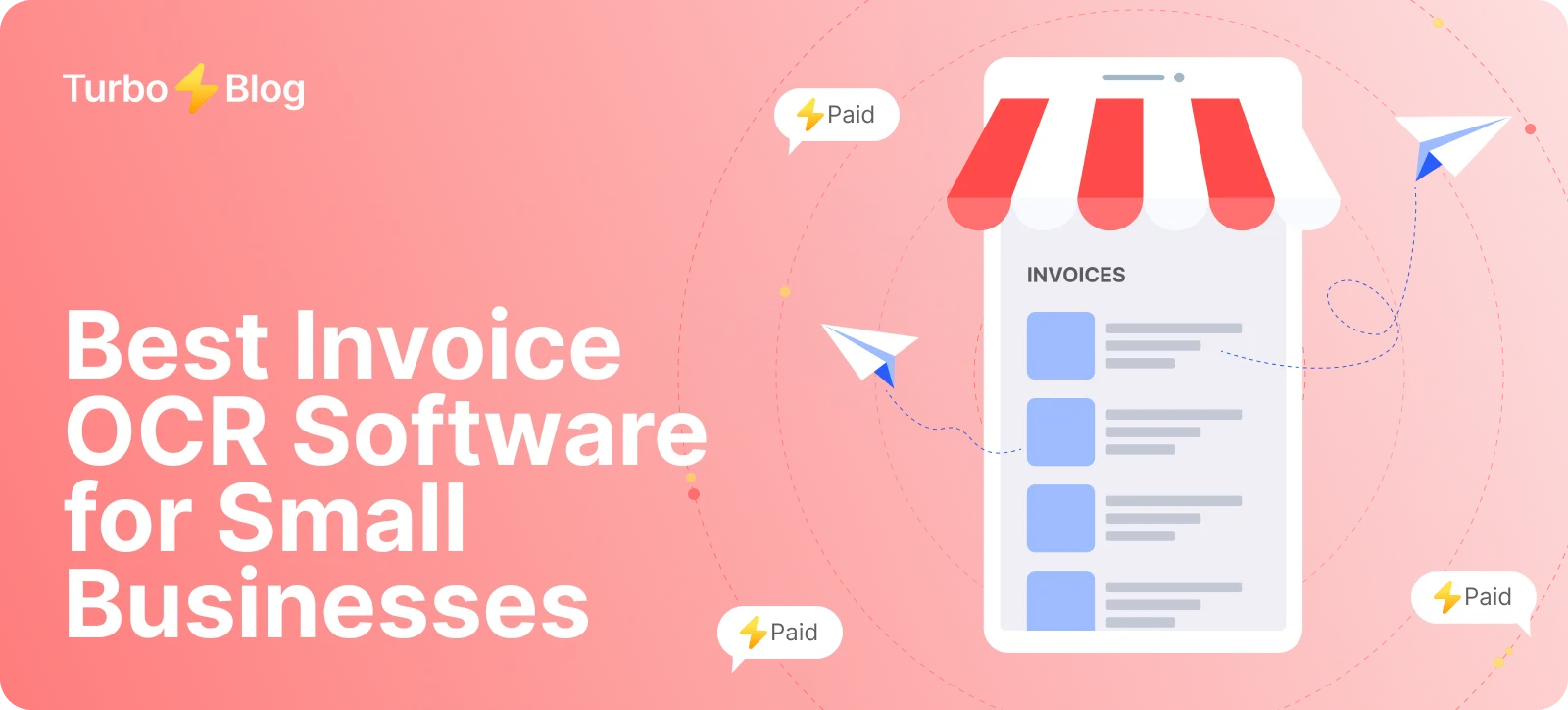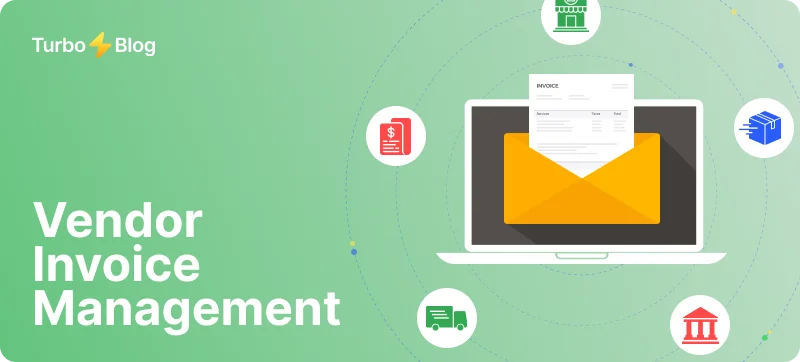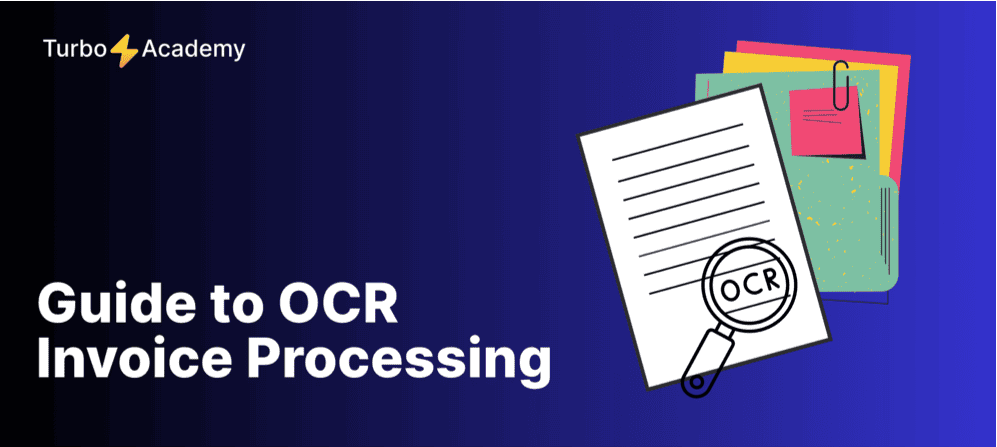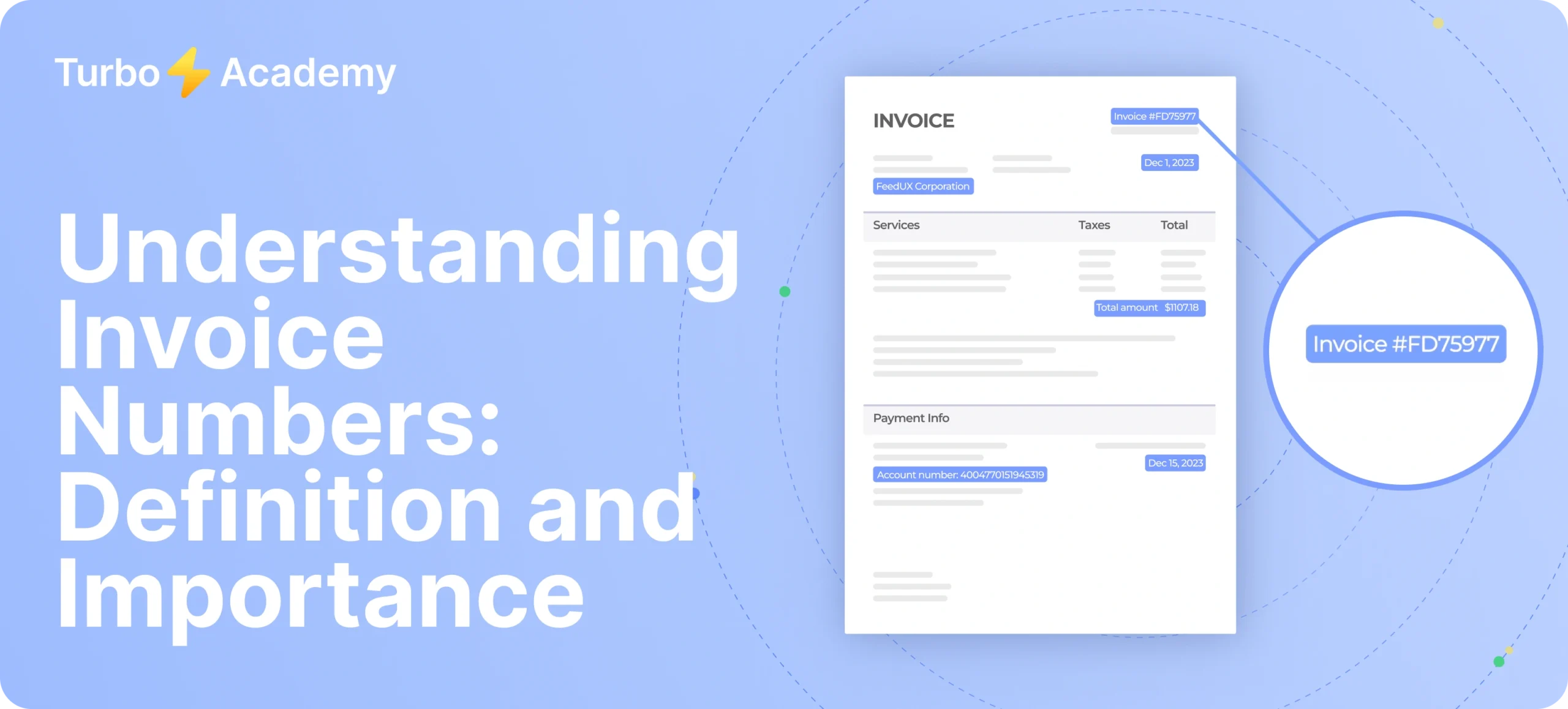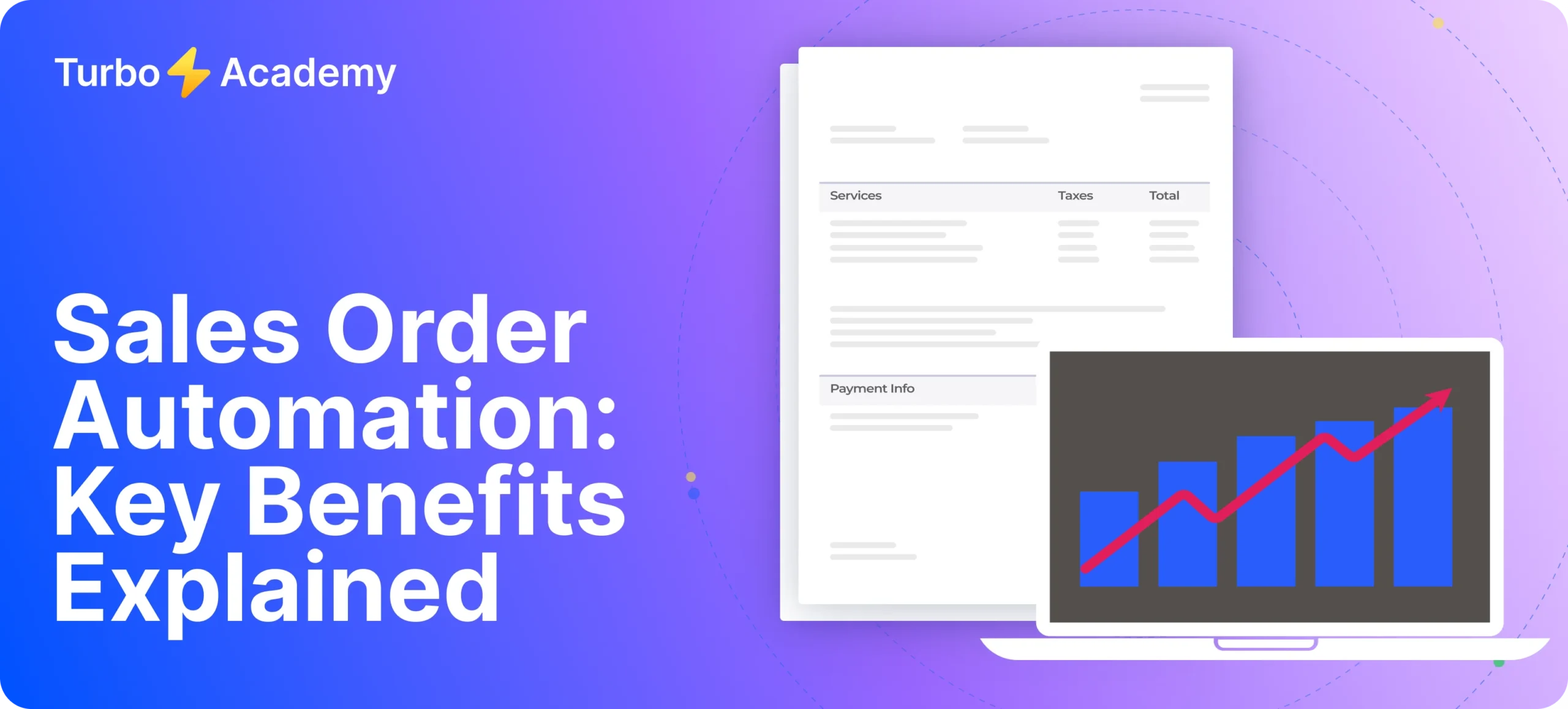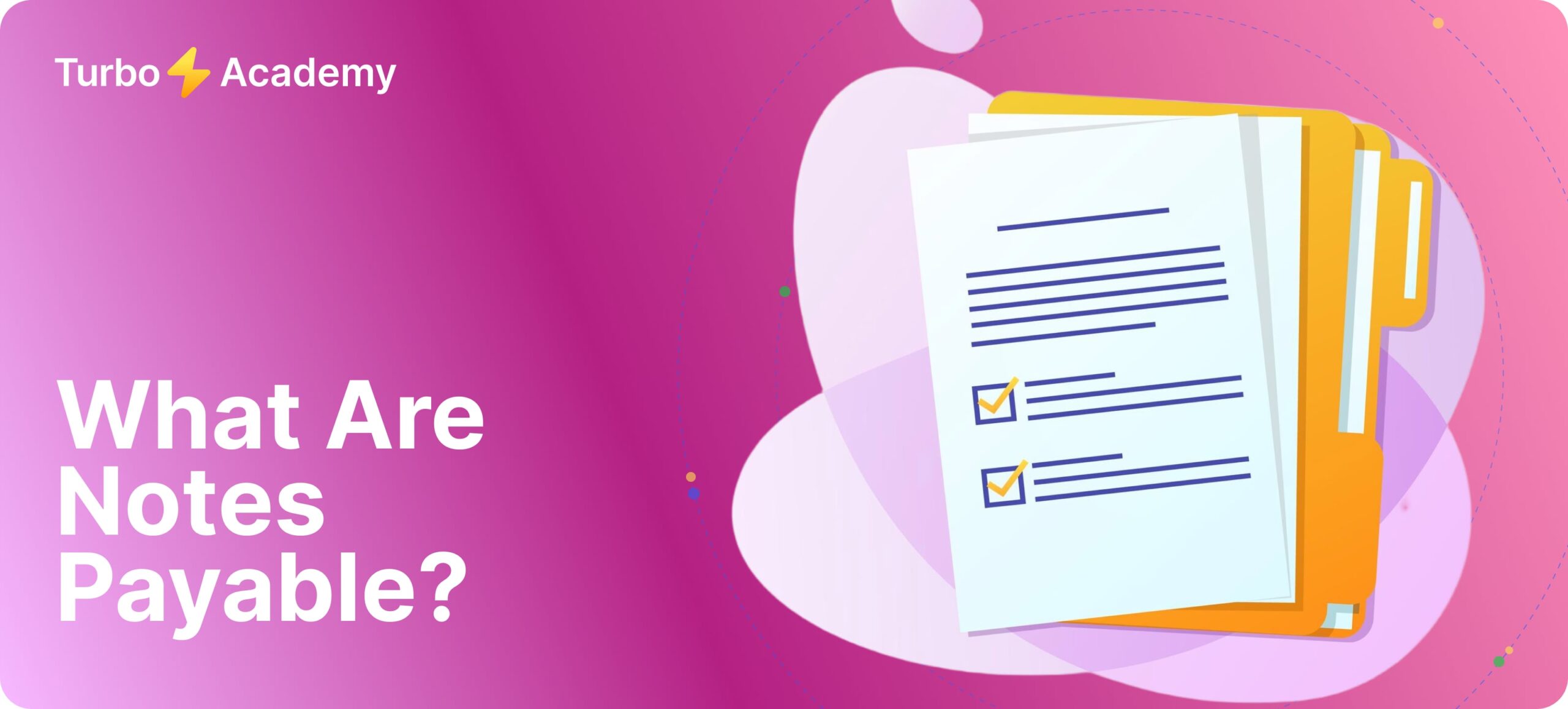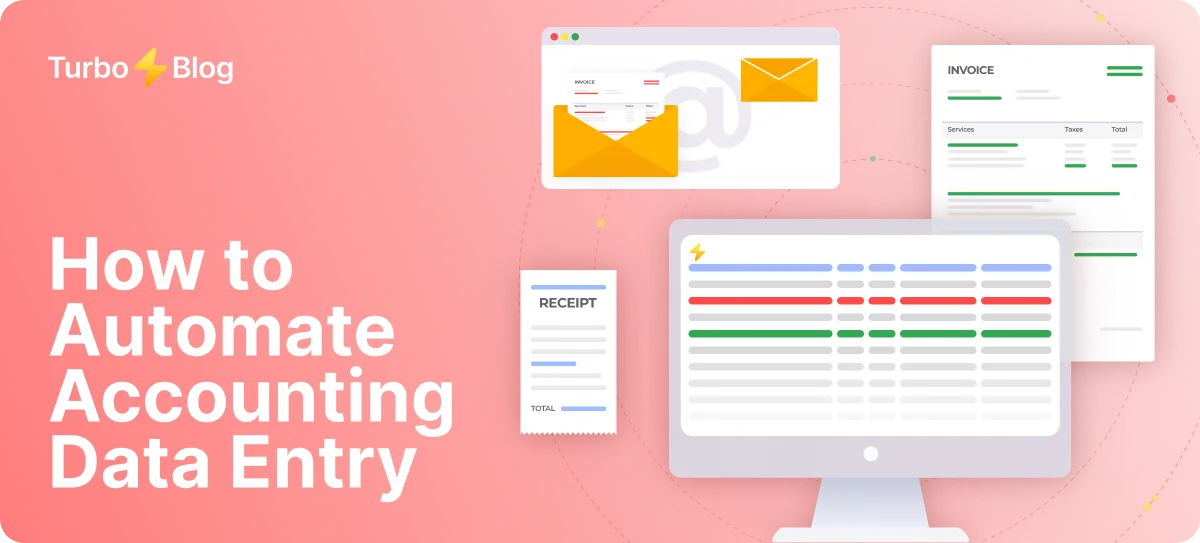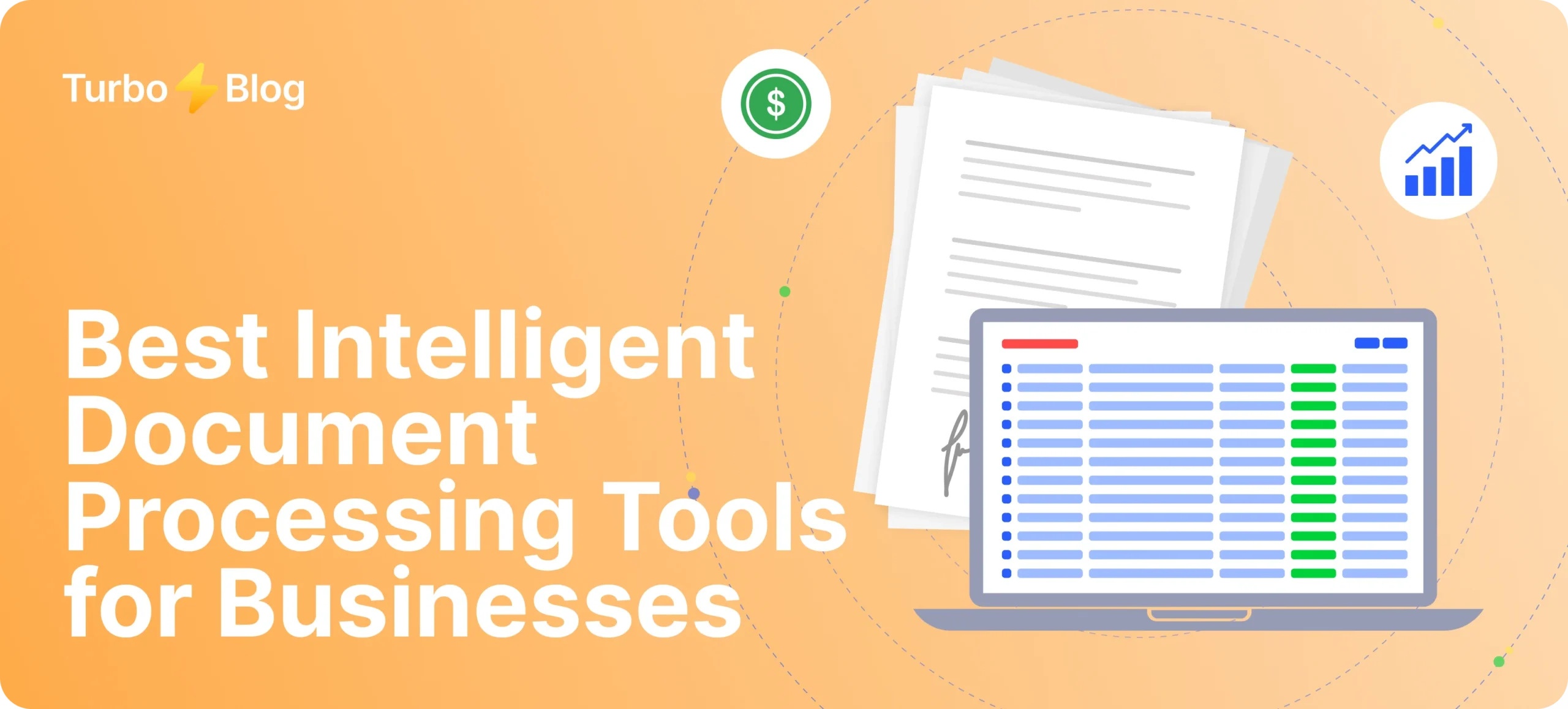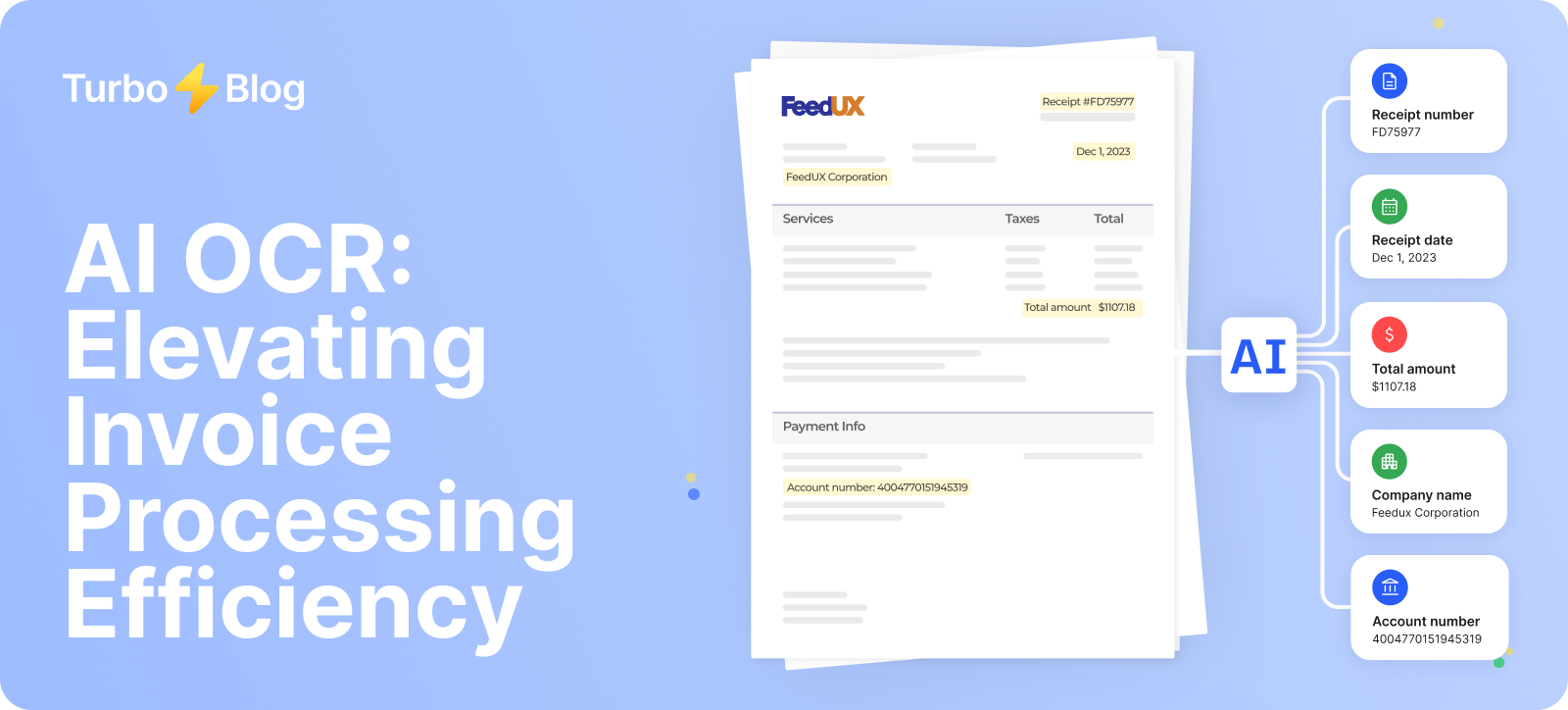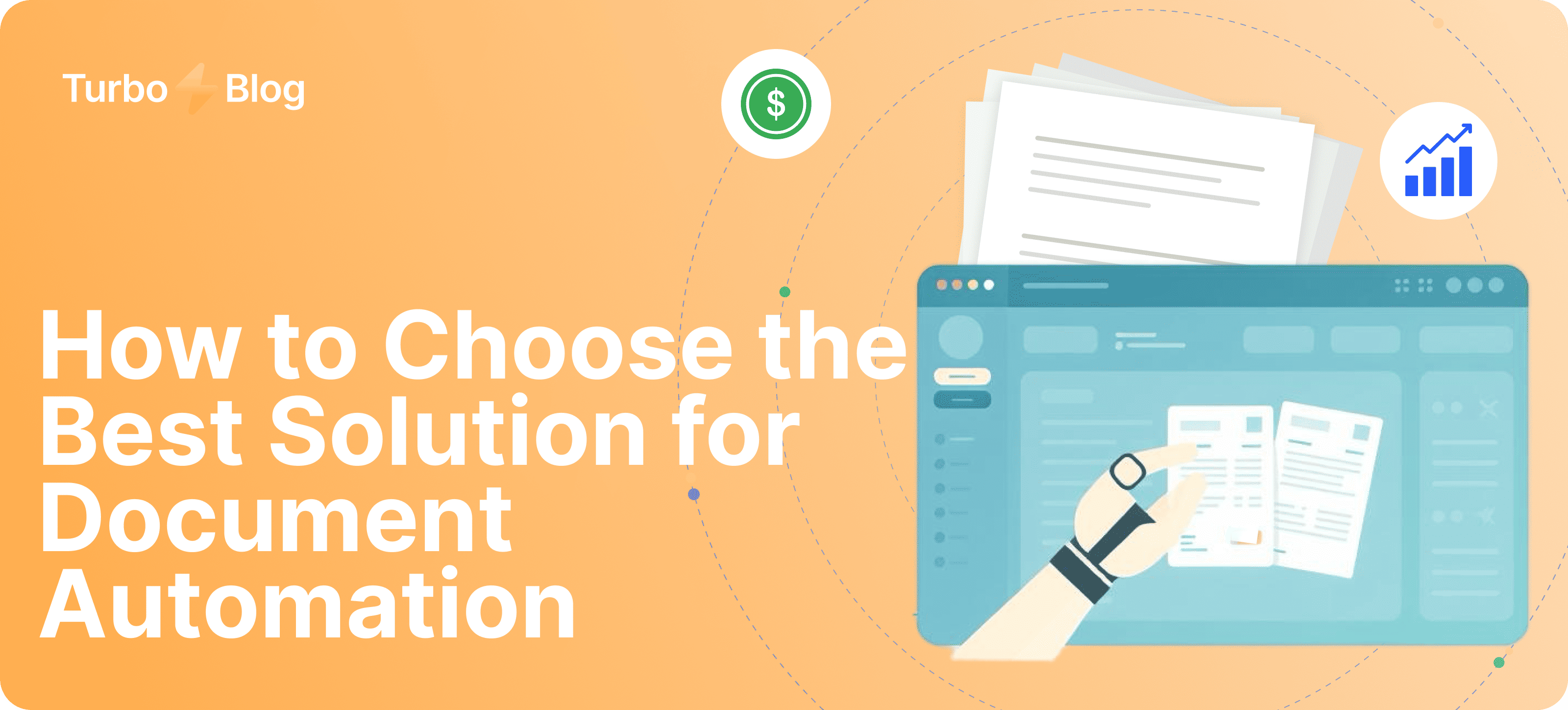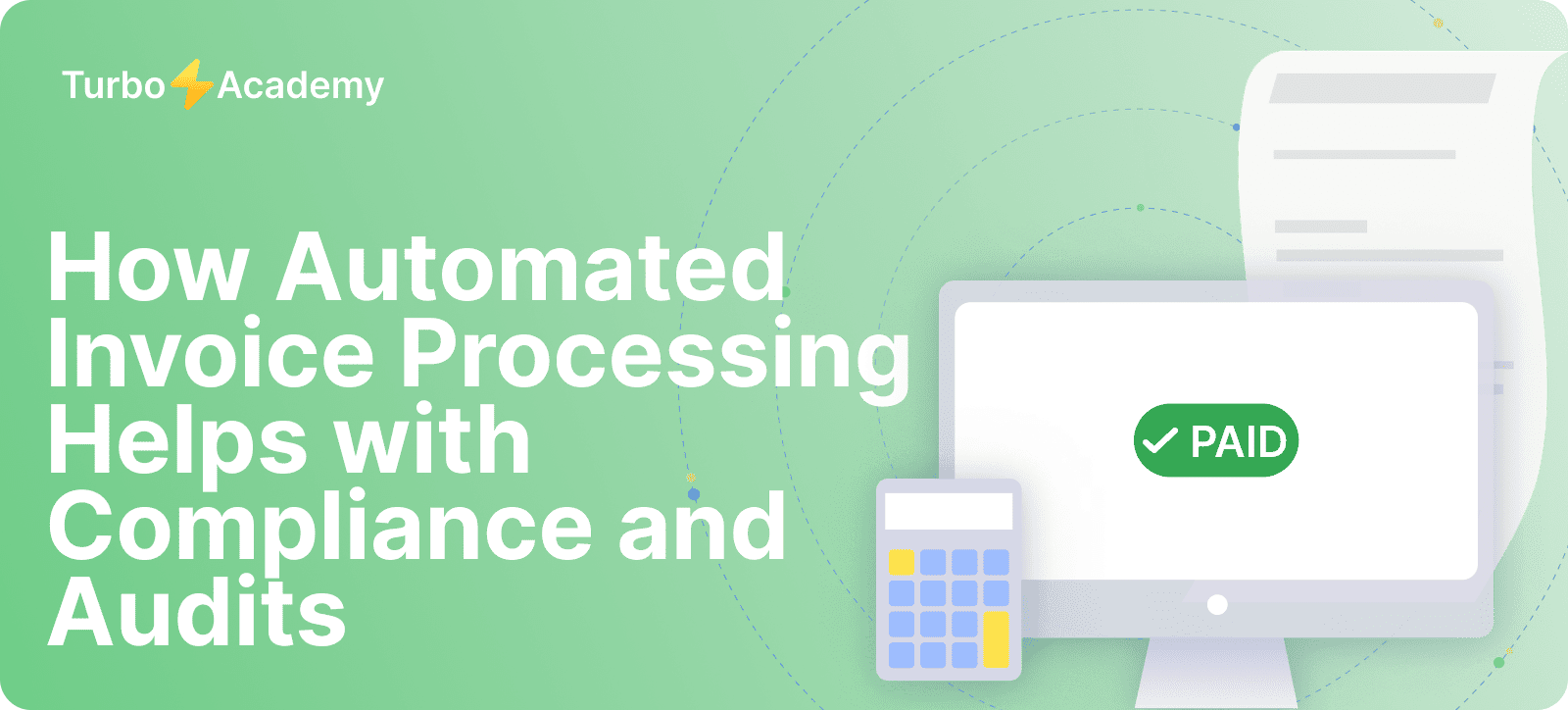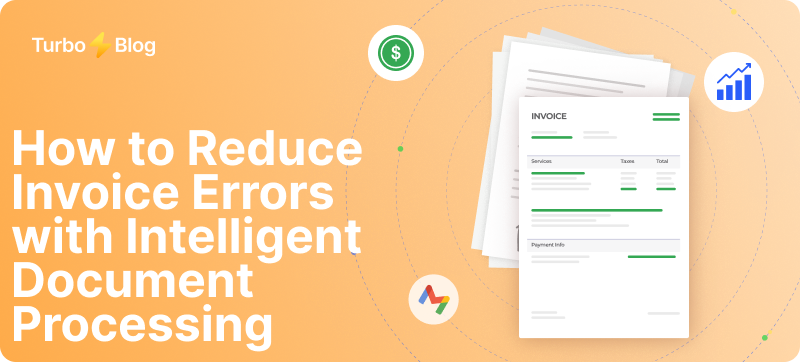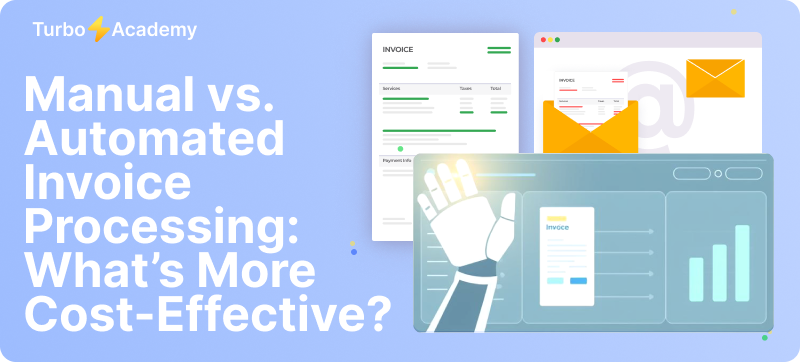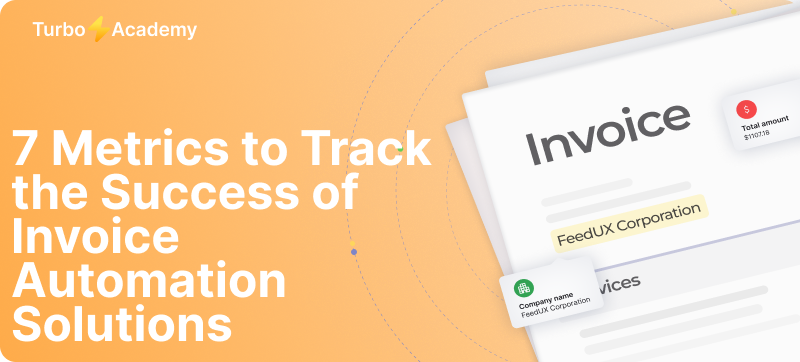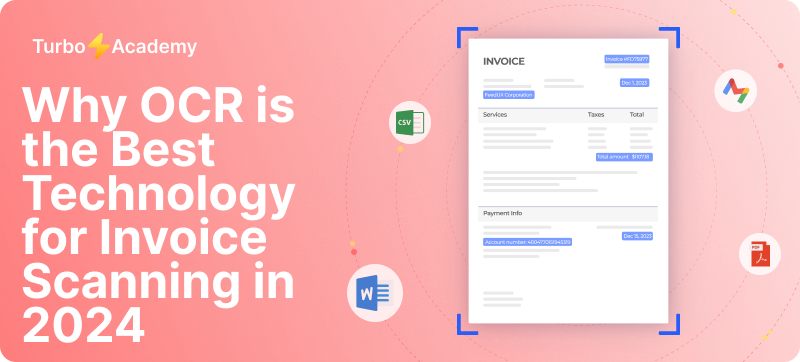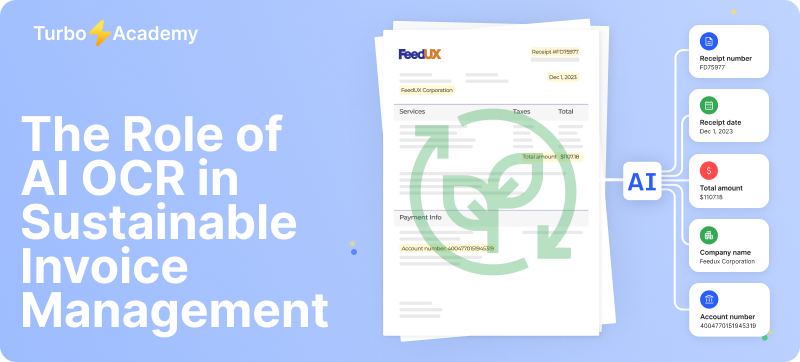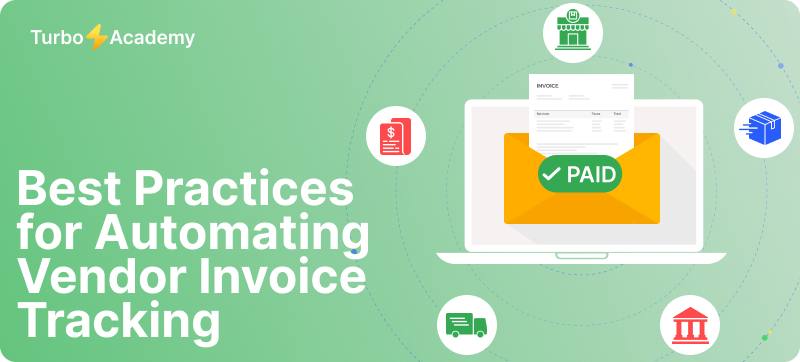IDP intelligent document processing uses advanced AI technology to automate document processing, enabling organizations to extract and structure critical data from various sources with minimal manual effort. By combining artificial intelligence, machine learning, and automation, IDP transforms how businesses handle documents — making data processing faster, smarter, and more accurate than ever before. At TurboDoc, we bring this intelligent automation to life, helping companies modernize their document workflows with cutting-edge solutions.
Automate document processing with TurboDoc
Recognize invoices, contracts, and forms in seconds. No manual work or errors.
Try for free!



What Is Intelligent Document Processing (IDP)?
Intelligent Document Processing (IDP) is a cutting-edge technology that enables businesses to automate document workflows by using AI, machine learning, OCR, and natural language processing. Instead of relying on manual data entry, IDP systems automatically extract data from structured, semi-structured, and unstructured documents, such as invoices, contracts, or patient records.
With the help of intelligent automation, IDP significantly improves accuracy and efficiency, allowing companies to streamline their business processes and reduce human error in critical tasks like data processing, document classification, and information extraction.
Intelligent Document Processing Definition
The intelligent document processing definition includes more than just scanning or OCR. It refers to the use of AI-powered software to classify documents, extract relevant data, and route information to the appropriate systems — automatically.
An IDP solution can handle vast volumes of unstructured data, transforming document images into machine-readable formats. This makes IDP ideal for applications like:
- Invoice processing
- Legal document classification
- Patient data extraction
- Business data capture across industries
How IDP Works: From Data Ingestion to Automation
The IDP document processing workflow typically includes:
- Data Ingestion – Scanning or uploading paper and digital documents
- Classification – Identifying document type (invoice, contract, form, etc.)
- Data Extraction – Using OCR, ICR, NLP, and deep learning to extract fields
- Validation – Verifying extracted information via AI or human-in-the-loop
- Integration – Sending structured data into ERP, CRM, or RPA tools
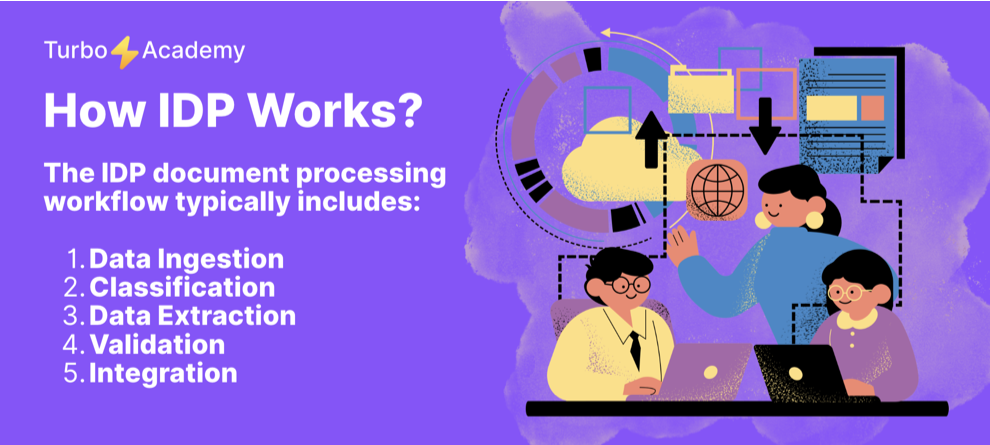
This process eliminates the need for manual document processing and supports straight-through processing, where documents and data flow seamlessly without manual intervention.
Key Technologies Behind IDP: AI, ML, NLP & OCR
Intelligent document processing technology is built on several core innovations:
These technologies together enable intelligent document management at scale, empowering businesses to handle vast amounts of data quickly and accurately.
Benefits of Intelligent Document Processing
Implementing intelligent document processing (IDP) brings measurable improvements to how businesses handle information. By combining AI, automation, and smart extraction tools, IDP software helps organizations digitize, categorize, and process data from any document — faster and more accurately than manual approaches. Below are the core benefits of intelligent document processing across industries.
Automate Document Tasks and Reduce Manual Work
IDP automation dramatically reduces the burden of manual data entry and processing. Instead of sorting through paper documents, employees can use IDP to automate the capture, classification, and routing of documents.
Key outcomes:
- Eliminates repetitive tasks
- Reduces time spent on manual document handling
- Frees employees to focus on higher-value work
Improve Accuracy When Extracting Unstructured Data
IDP automation dramatically reduces the burden of manual data entry and processing. Instead of sorting through paper documents, employees can use IDP to automate the capture, classification, and routing of documents.
IDP uses AI to:
- Identify and categorize document types
- Extract business-critical data from any format
- Reduce human error and improve data accuracy
Accelerate Business Processes with Intelligent Automation
By integrating IDP AI with other document processing solutions, businesses can enable end-to-end automation. This speeds up decision-making and helps achieve straight-through processing.
Benefits include:
- Faster approvals and shorter processing cycles
- Seamless integration with workflows and RPA bots
- Enhanced business process agility
Cost Efficiency and Scalability for Enterprises
IDP not only improves productivity — it also drives long-term ROI. As businesses grow, IDP software easily scales to handle more documents without adding headcount.
Intelligent document processing benefits:
- Cuts operational costs by reducing manual labor
- Scales document automation across departments
- Increases output without compromising quality
Automate document processing with TurboDoc
Recognize invoices, contracts, and forms in seconds. No manual work or errors.
Try for free!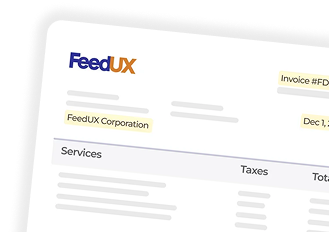
Intelligent Document Processing Use Cases Across Industries
Intelligent Document Processing (IDP) is reshaping how organizations across industries handle vast volumes of documents and data. By using technologies like AI, OCR, and machine learning, IDP enables businesses to automate document workflows, extract relevant data, and integrate structured information into core systems — reducing manual work and improving accuracy at scale.
Below are key examples of how IDP document processing is applied in real-world scenarios.
IDP for Invoice Processing and Financial Documents
Finance departments often deal with thousands of invoices, receipts, and transaction documents. Manual entry of this data is time-consuming and error-prone. With IDP, these documents are digitized and turned into machine-readable formats, allowing for automatic extraction and classification.
IDP technology offers:
- Automated extraction of fields like vendor, date, amount, and PO number
- Document matching and routing to the appropriate system (e.g., ERP)
- Improved business process management and reduced cycle times
IDP reduces manual handling while increasing the speed and accuracy of invoice processing.
Automating Insurance Claims and Healthcare Records
In the insurance and healthcare sectors, organizations process large volumes of semi-structured and unstructured documents — including claims, medical records, and consent forms. Intelligent document processing (IDP) supports secure and compliant automation of these workflows.
Use cases include:
- Extracting patient and policy data from scanned forms
- Classifying documents by type (e.g., claim, discharge summary, referral)
- Integrating extracted data into claims management or EHR systems
IDP uses AI to streamline administrative tasks and reduce the need for manual data entry.
Intelligent Document Management in Legal and Compliance
Legal and compliance teams often work with contracts, case files, and regulatory documents that require precise handling. IDP software enables these teams to categorize, extract, and manage large volumes of documents efficiently.
Applications include:
- Converting scanned legal documents into searchable text
- Automatically identifying key terms, dates, and clauses
- Routing documents to the appropriate workflow based on content
This type of document automation improves audit readiness and reduces human error in legal reviews.
Streamlining HR and Onboarding Workflows
Human resources departments manage resumes, identification documents, tax forms, and employment contracts. IDP technology allows for the automation of repetitive tasks such as document classification and data entry.
IDP uses include:
- Extracting candidate and employee data from resumes and forms
- Digitizing onboarding documents into machine-readable formats
- Automating workflows related to payroll, benefits, and compliance
This improves the speed and accuracy of HR processes and frees staff to focus on people — not paperwork.
Use of IDP in Logistics, Manufacturing & Retail
In logistics, manufacturing, and retail, document-heavy workflows such as inventory logs, shipping documents, and delivery confirmations are critical to operations. Intelligent document processing offers a way to automate business processes and reduce manual bottlenecks.
Key uses:
- Extracting structured data from bills of lading, packing slips, and customs forms
- Classifying documents by shipment, product, or customer
- Integrating data into supply chain or order management platforms
By turning documents into machine-readable formats, IDP supports real-time decision-making and operational efficiency.
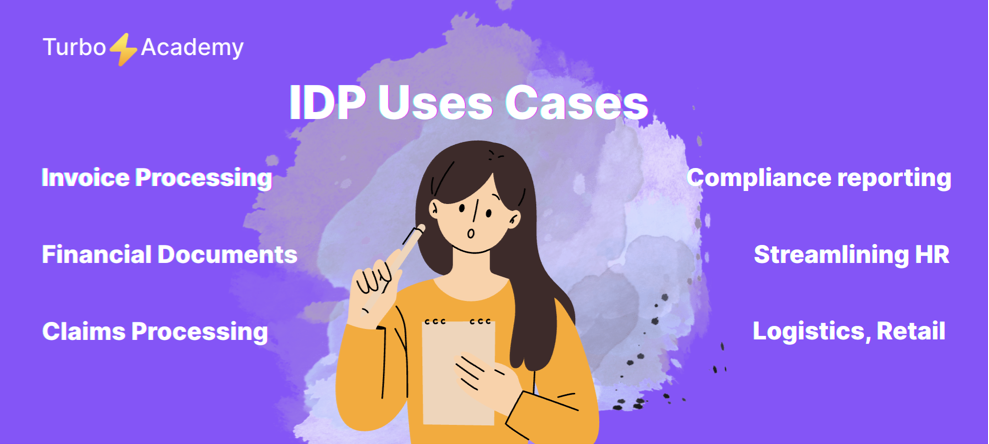
IDP Technology: What Powers Intelligent Document Processing
At the core of Intelligent Document Processing (IDP) lies a combination of advanced technologies that enable businesses to extract, interpret, and route document data with speed and accuracy. IDP is more than just a scanning tool — it’s a powerful automation engine that uses AI, machine learning, and OCR to process large volumes of structured, semi-structured, and unstructured documents in a reliable, scalable way.
Let’s explore the key components of IDP technology and how they drive real-world automation across industries.
Automate document processing with TurboDoc
Recognize invoices, contracts, and forms in seconds. No manual work or errors.
Try for free!
Artificial Intelligence and Machine Learning in IDP
Artificial intelligence and machine learning are essential for enabling IDP systems to go beyond template-based data capture. These technologies allow the system to learn from historical data, adapt to new document types, and improve extraction quality over time.
IDP makes it possible to:
- Identify context within documents (e.g., a date vs. a due date)
- Continuously improve accuracy through feedback loops
- Recognize variations in layout, language, and field positioning
Using AI and ML, IDP software can intelligently classify, extract, and validate data from any document — regardless of format or source.
Handling Structured, Semi-Structured, and Unstructured Data
One of the key strengths of IDP is its ability to extract data from unstructured and semi-structured documents — such as invoices, emails, contracts, and handwritten forms — not just cleanly formatted files.
IDP technology enables:
- Structured data handling (e.g., forms with consistent fields)
- Semi-structured data processing (e.g., invoices with variable layouts)
- Unstructured data extraction (e.g., free-text agreements, scanned PDFs)
By processing all document types, IDP helps organizations accelerate digital transformation, reduce dependency on manual review, and ensure better access to business data hidden in legacy formats.
Intelligent Document Processing Software: Key Features to Look For
Not all intelligent document processing software is created equal. The most effective IDP solutions integrate multiple technologies into a seamless pipeline that automates end-to-end document workflows.
Key features to evaluate:
- OCR and AI-based text recognition
- Natural Language Processing (NLP) for contextual data interpretation
- Ability to extract data from documents of any type or structure
- Built-in classification to sort documents into the appropriate workflows
- Human-in-the-loop support for exception handling and validation
- Integration with external systems (ERP, CRM, case management)
Integration with RPA and Business Systems
A modern IDP system does more than just extract data — it integrates with downstream tools like Robotic Process Automation (RPA), enterprise platforms, and business intelligence tools to fully automate decisions and workflows.
IDP integration enables:
- Straight-through processing of data from documents
- Automatic routing of content to business systems (ERP, DMS, CRM)
- Triggering of RPA bots based on extracted information
- Alignment with broader business process management strategies
When IDP is combined with RPA, it becomes a key driver of intelligent automation, freeing employees from manual document review and enabling them to focus on higher-value tasks.
Automate document processing with TurboDoc
Recognize invoices, contracts, and forms in seconds. No manual work or errors.
Try for free!
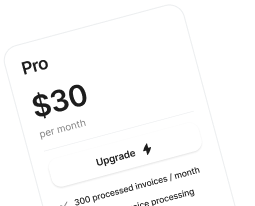
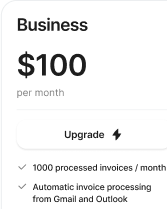
❓ Frequently Asked Questions
What is intelligent document processing?
Intelligent Document Processing (IDP) is a technology that uses AI, machine learning, OCR, and NLP to automatically extract data from documents, classify them, and integrate it into business workflows, replacing manual data entry.
How is IDP different from traditional OCR?
Traditional OCR only converts scanned text into machine-readable format. IDP uses AI to understand context, categorize documents, and automate business processes, making it far more powerful and scalable.
Is IDP suitable for small businesses?
Yes. Modern IDP software is scalable and can help small businesses automate document processing, reduce errors, and improve efficiency — without needing large IT teams.
What’s the ROI of implementing intelligent document processing?
IDP reduces manual work, frees employees from repetitive tasks, increases accuracy, and speeds up decision-making. ROI is typically seen in lower operational costs, faster turnaround times, and improved compliance.
How does TurboDoc ensure data accuracy and compliance?
TurboDoc uses a combination of OCR and AI, human-in-the-loop validation, and configurable rules to ensure high data accuracy and alignment with industry compliance standards.
What is the difference between OCR and intelligent document processing?
OCR extracts raw text. IDP goes further — it extracts structured data, understands document context using AI, and connects to systems like ERP or RPA tools for document automation.
What is the difference between IDP and RPA?
RPA automates rule-based tasks. IDP automates data extraction from unstructured documents, then passes that data to RPA bots for further processing — they work best together.

